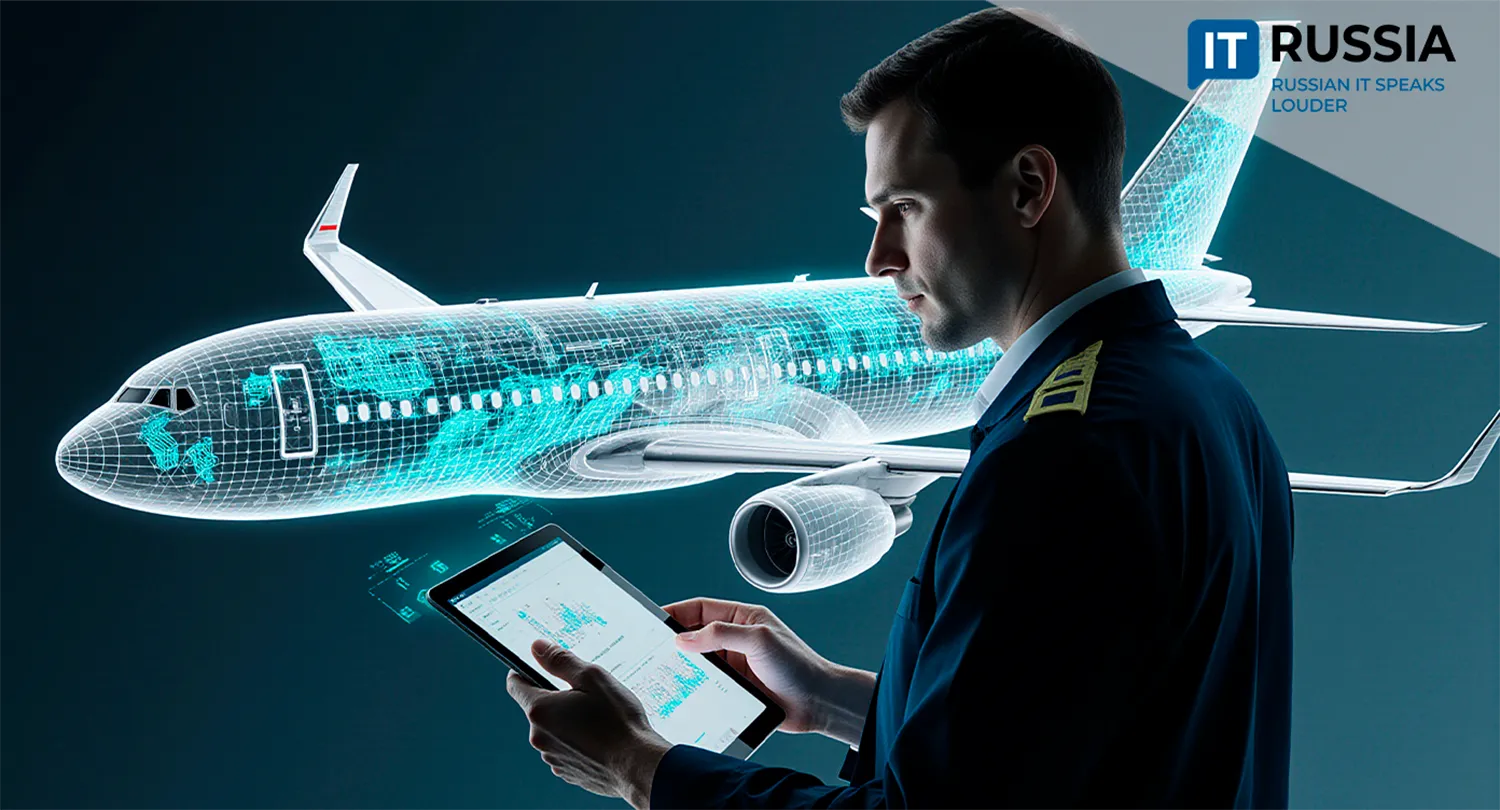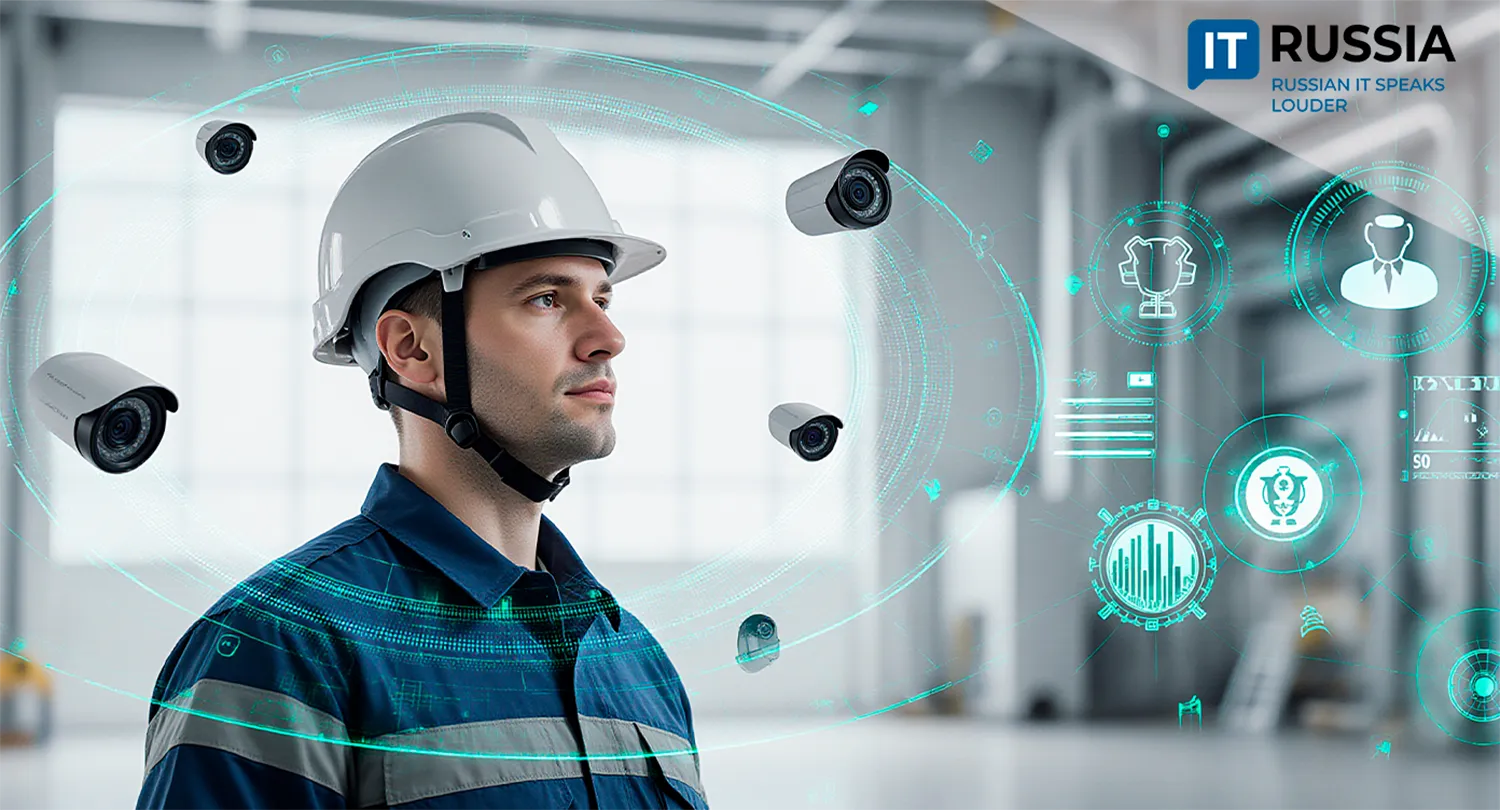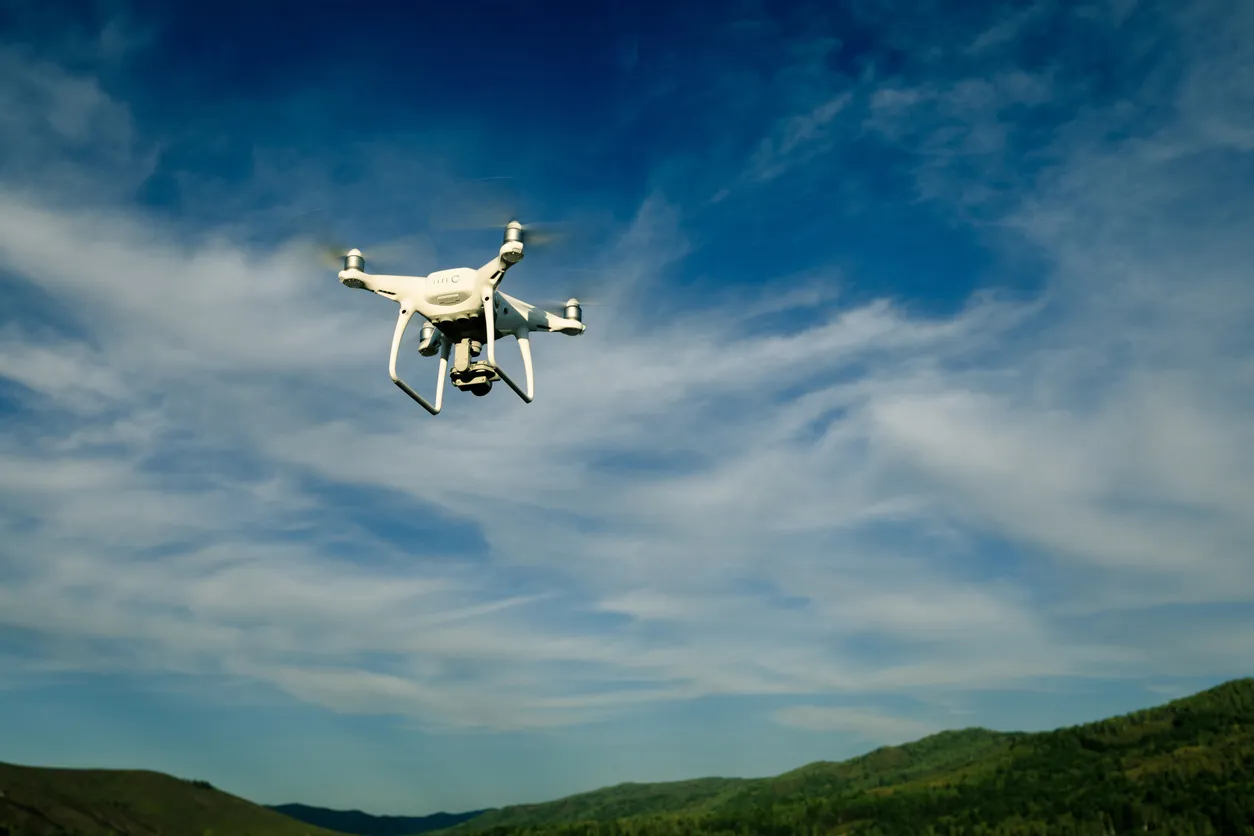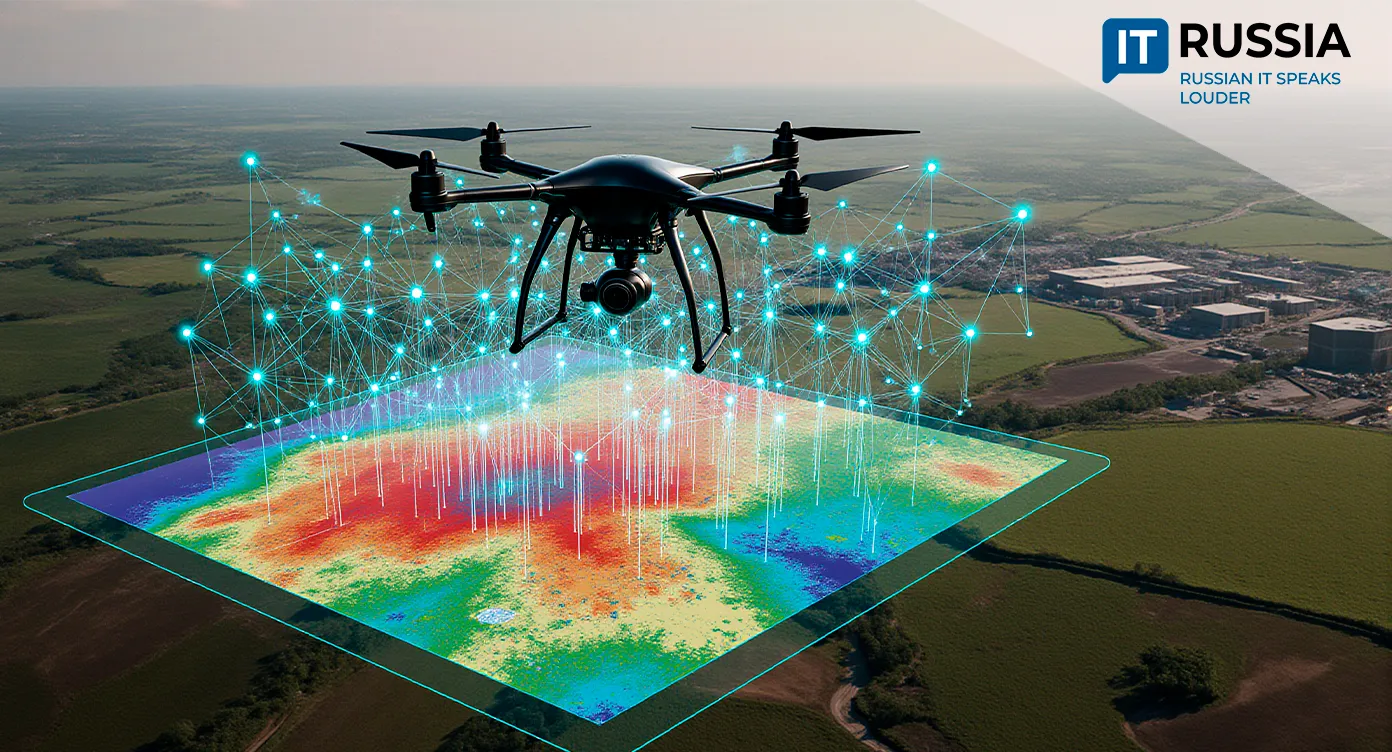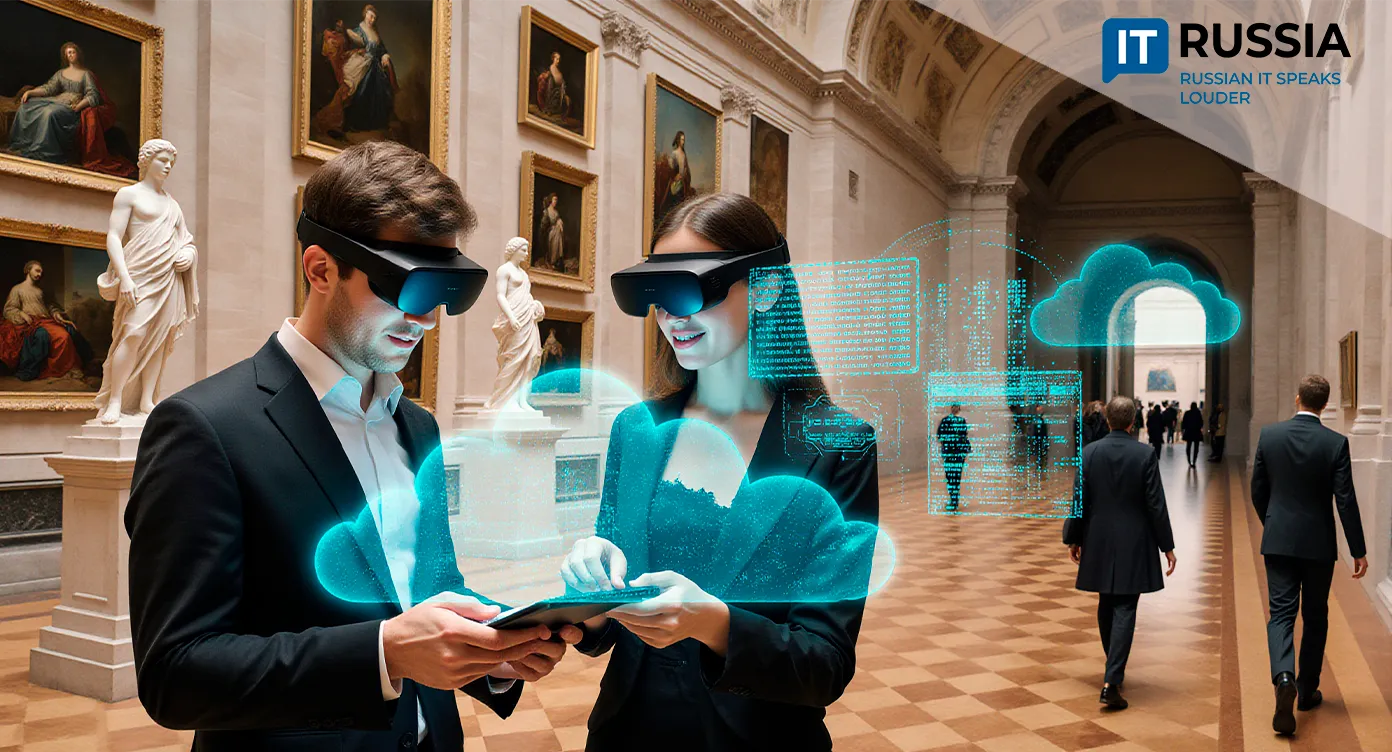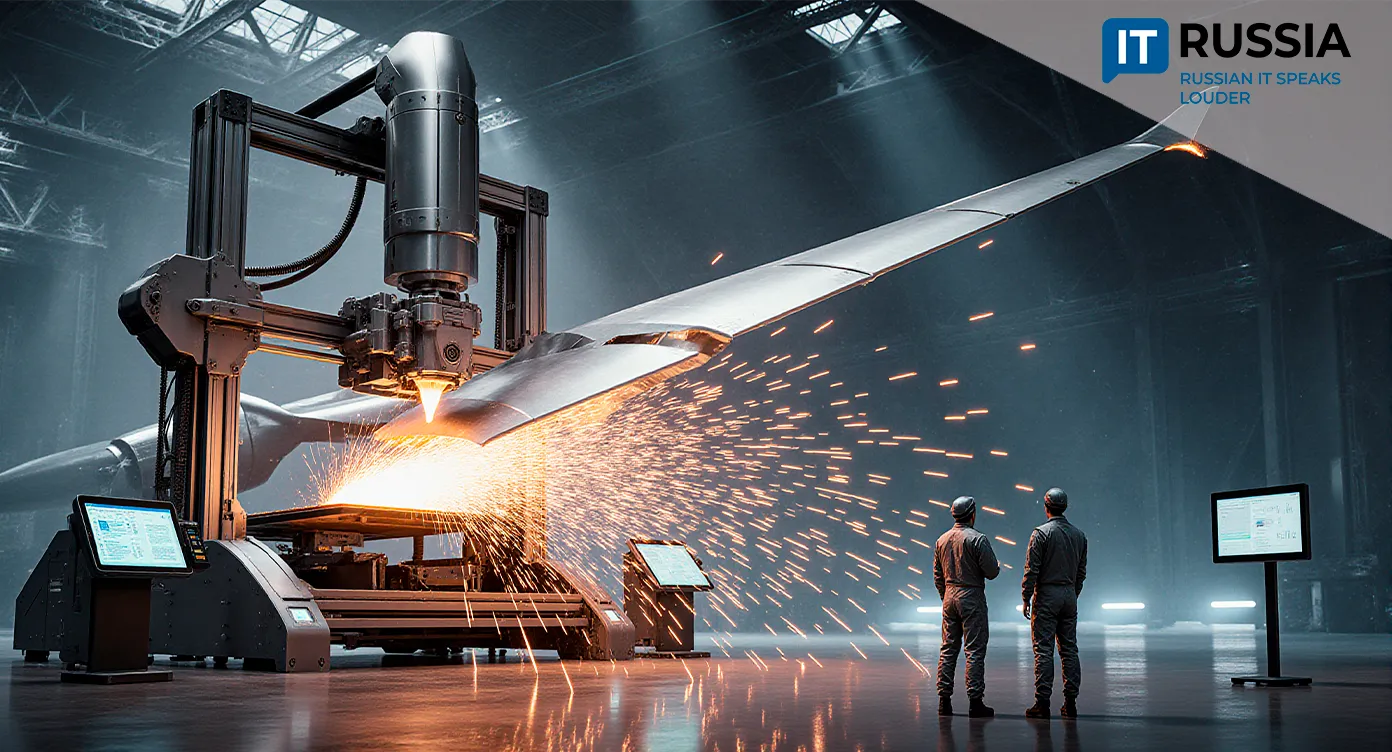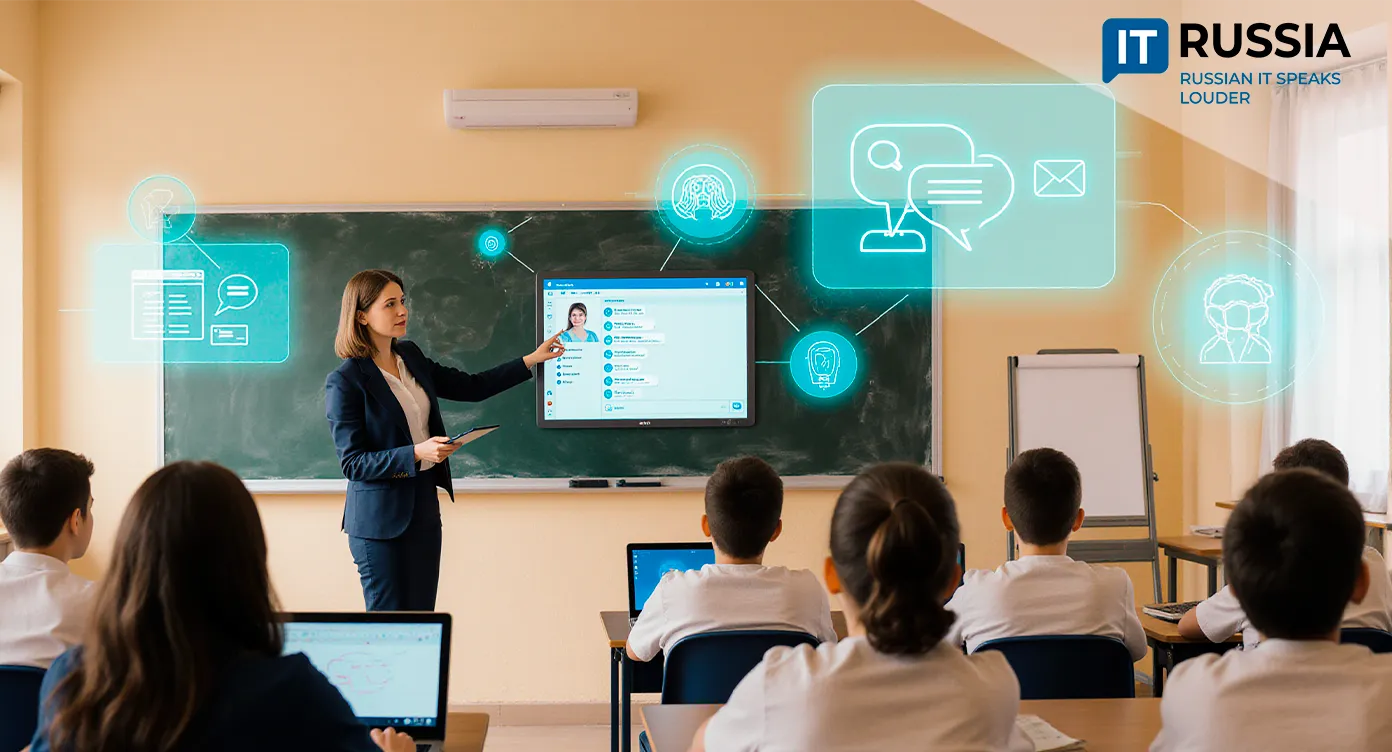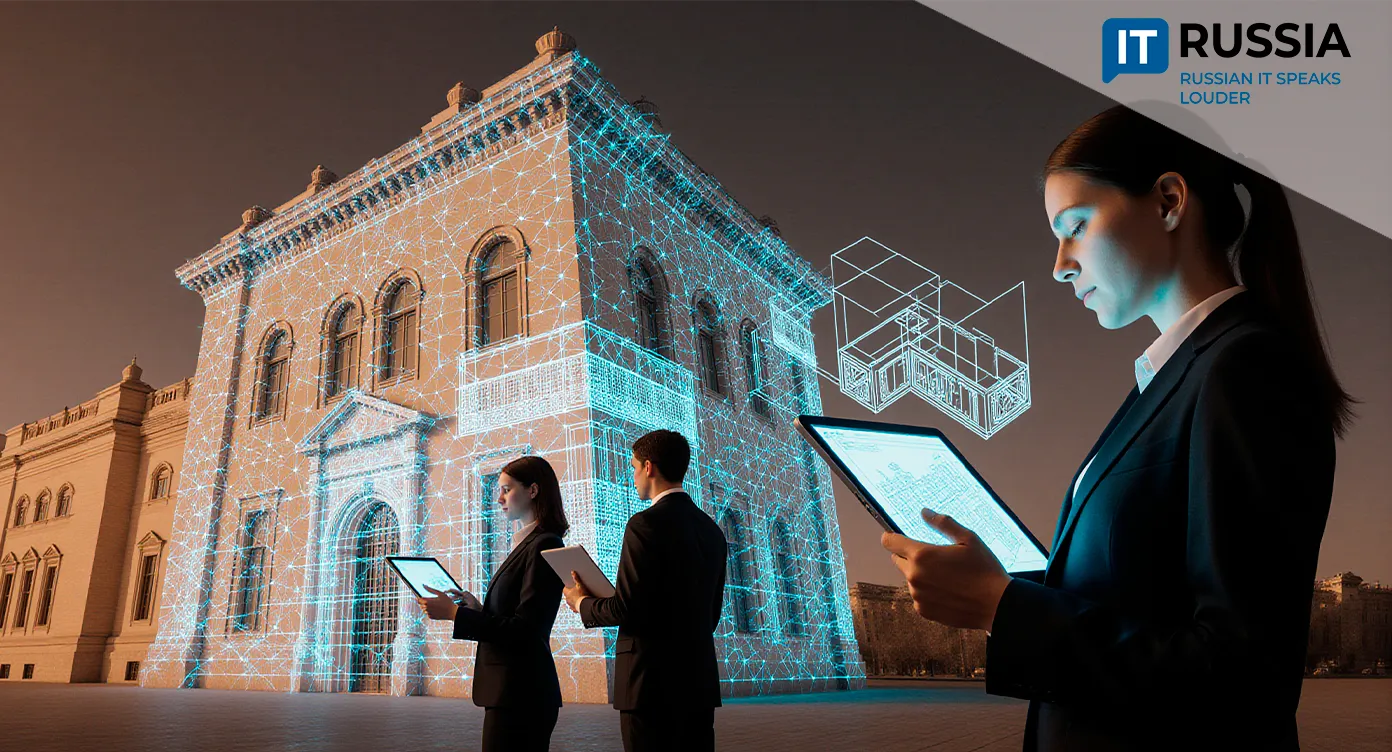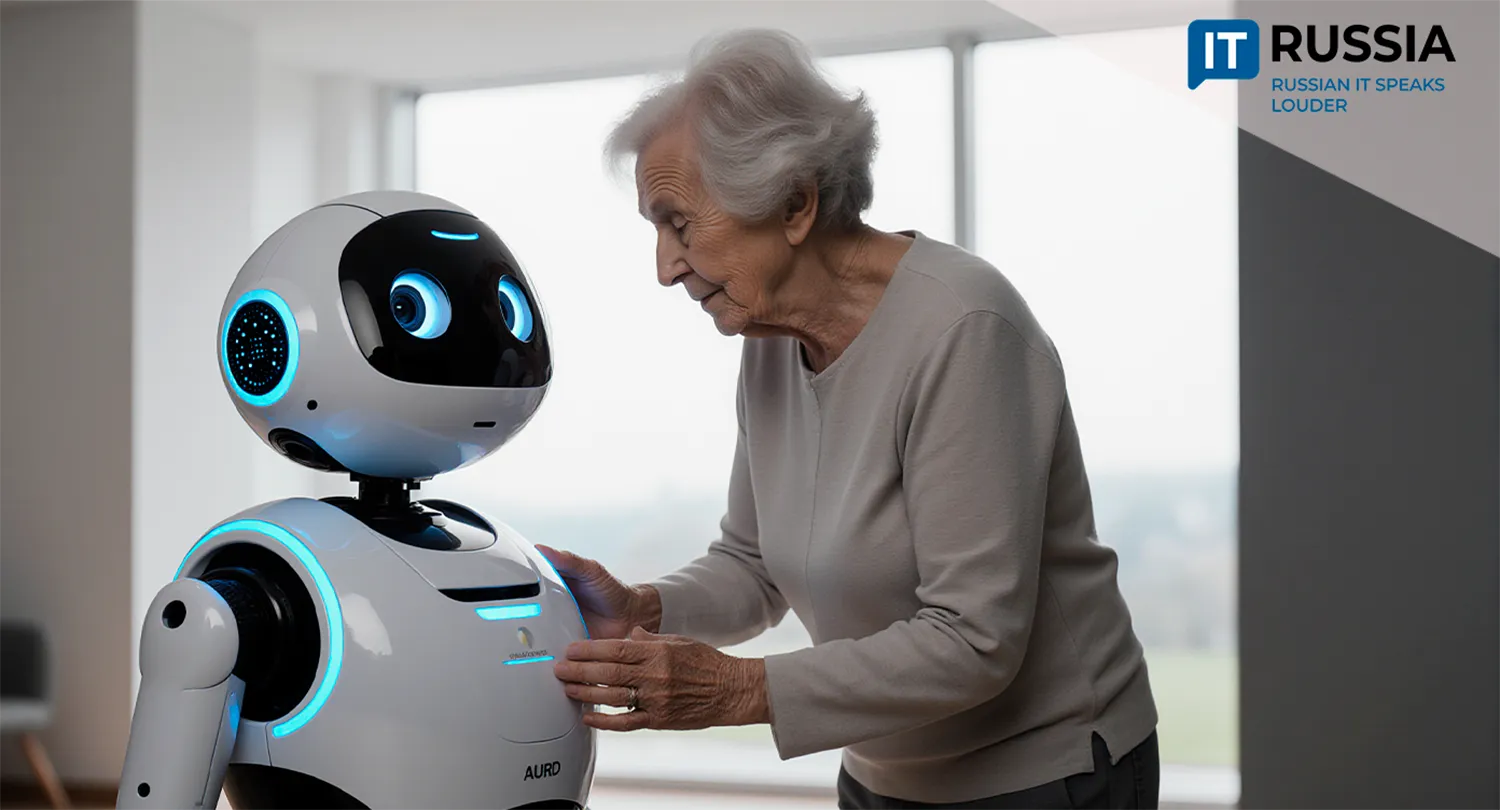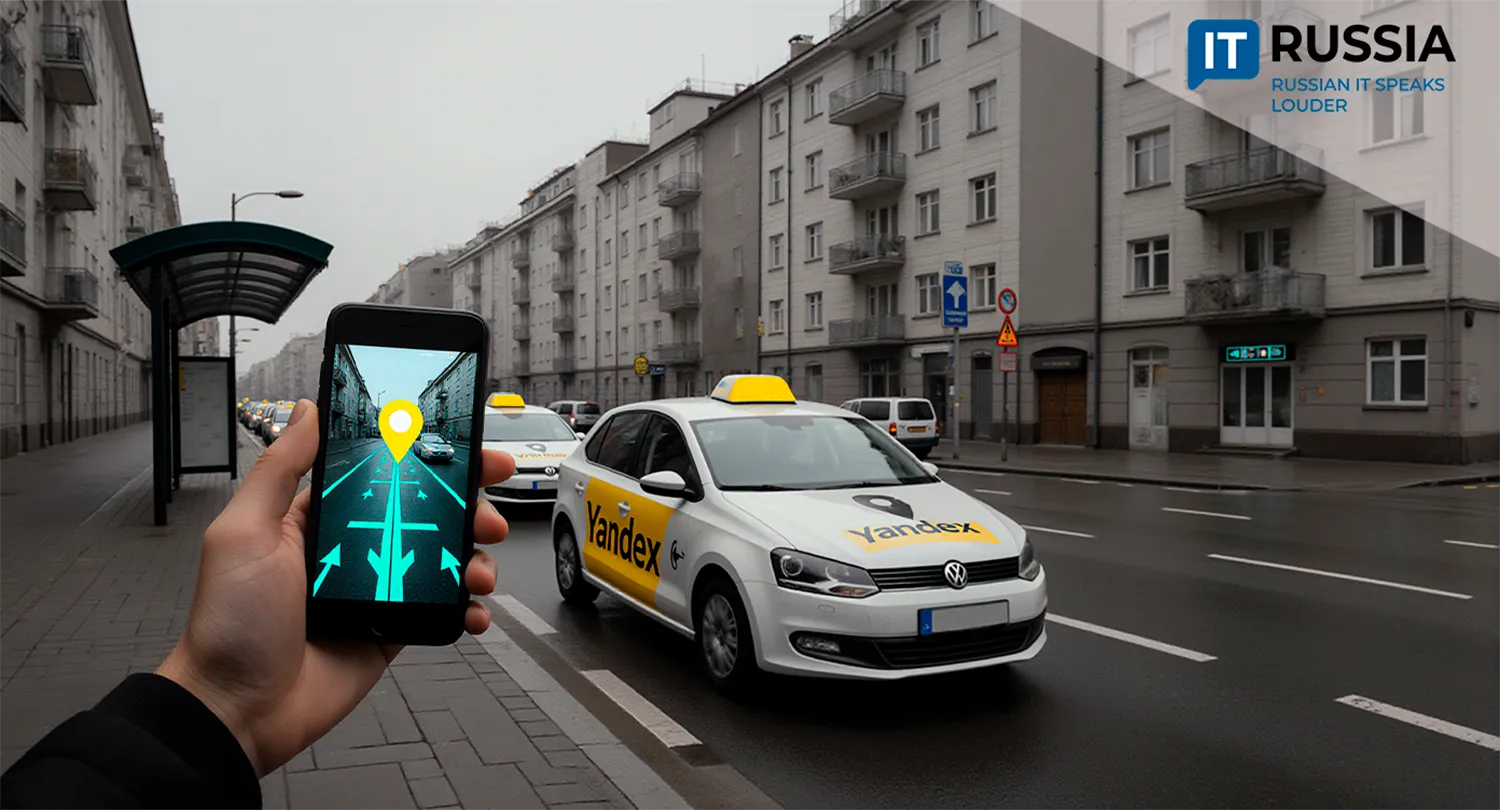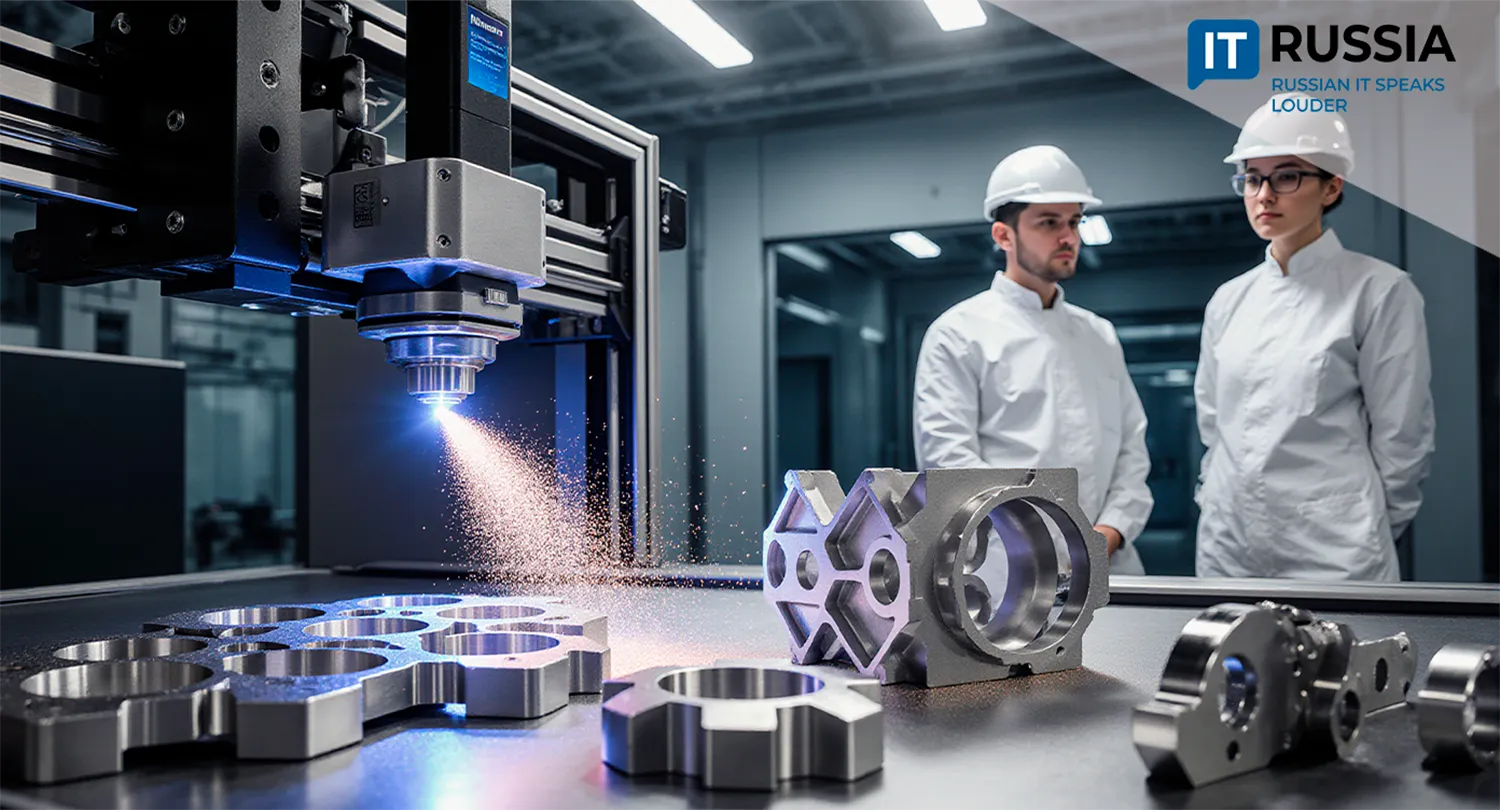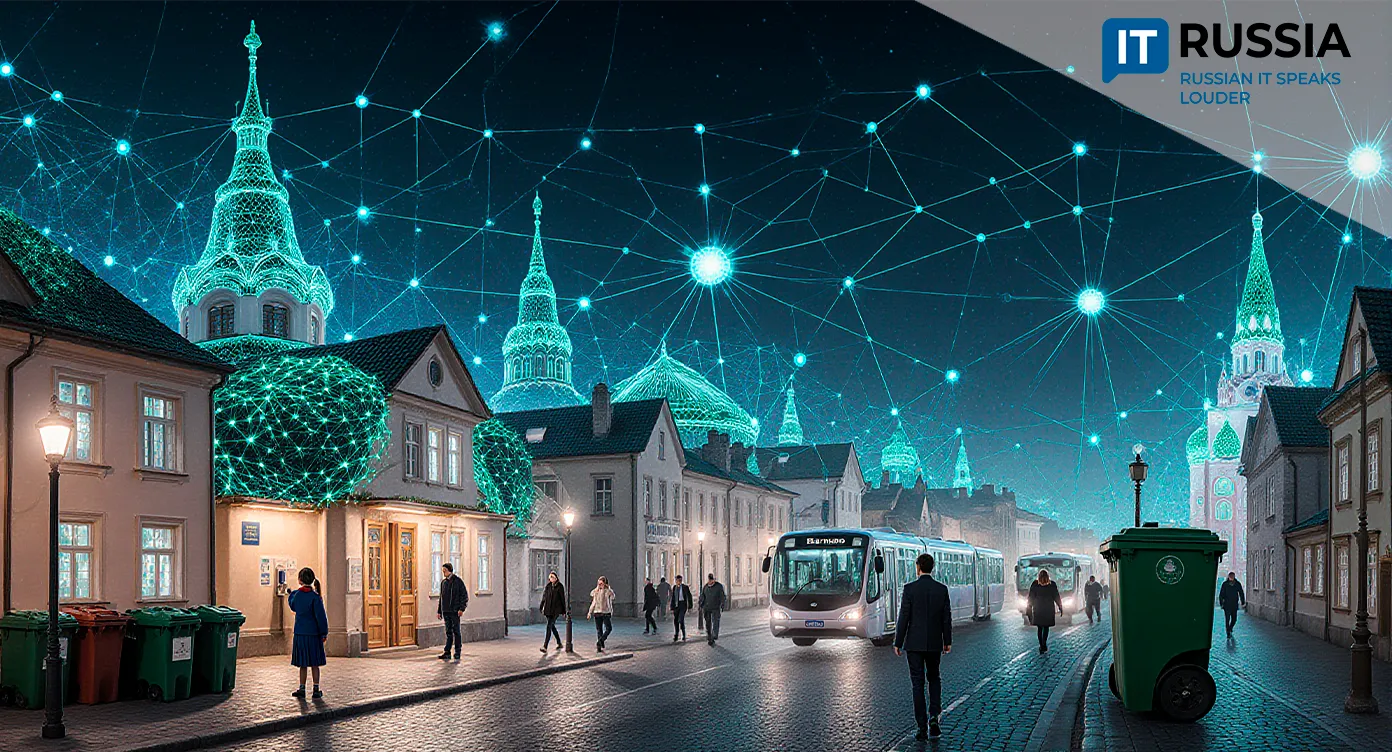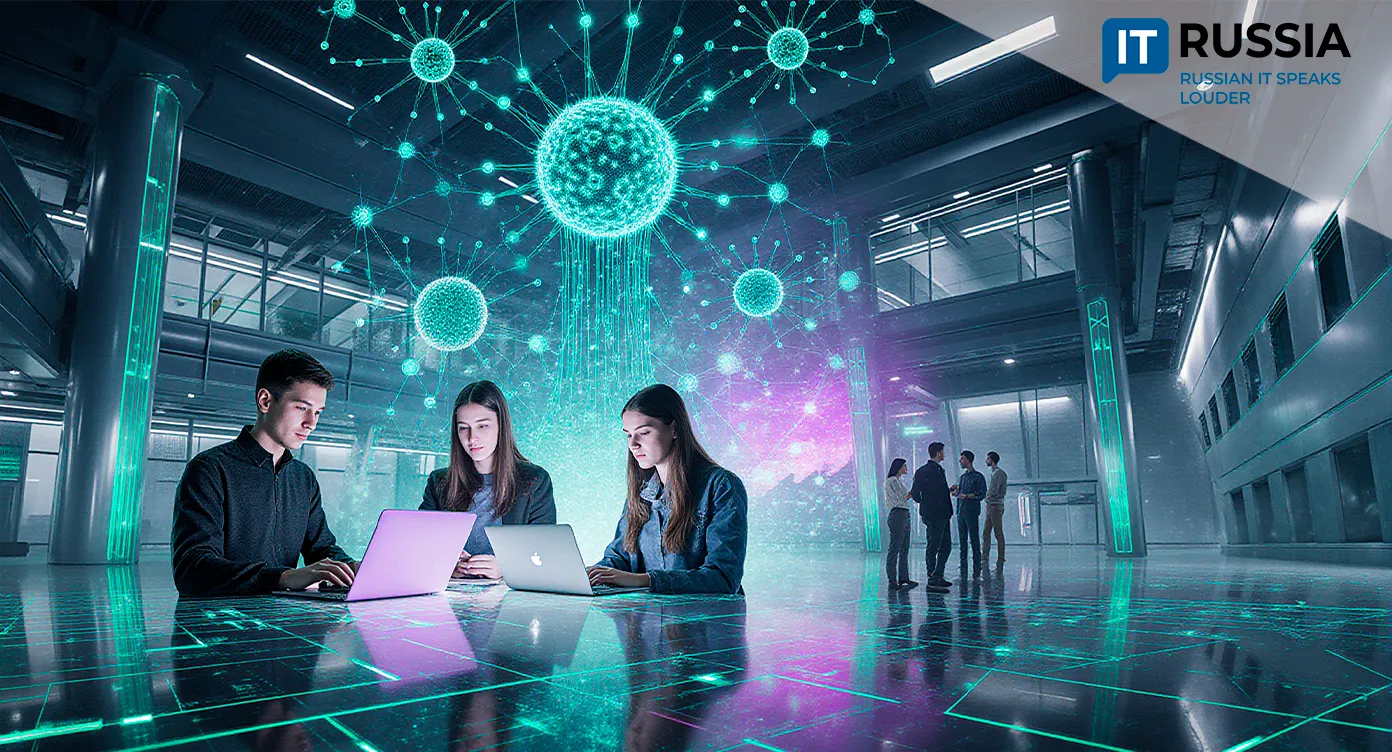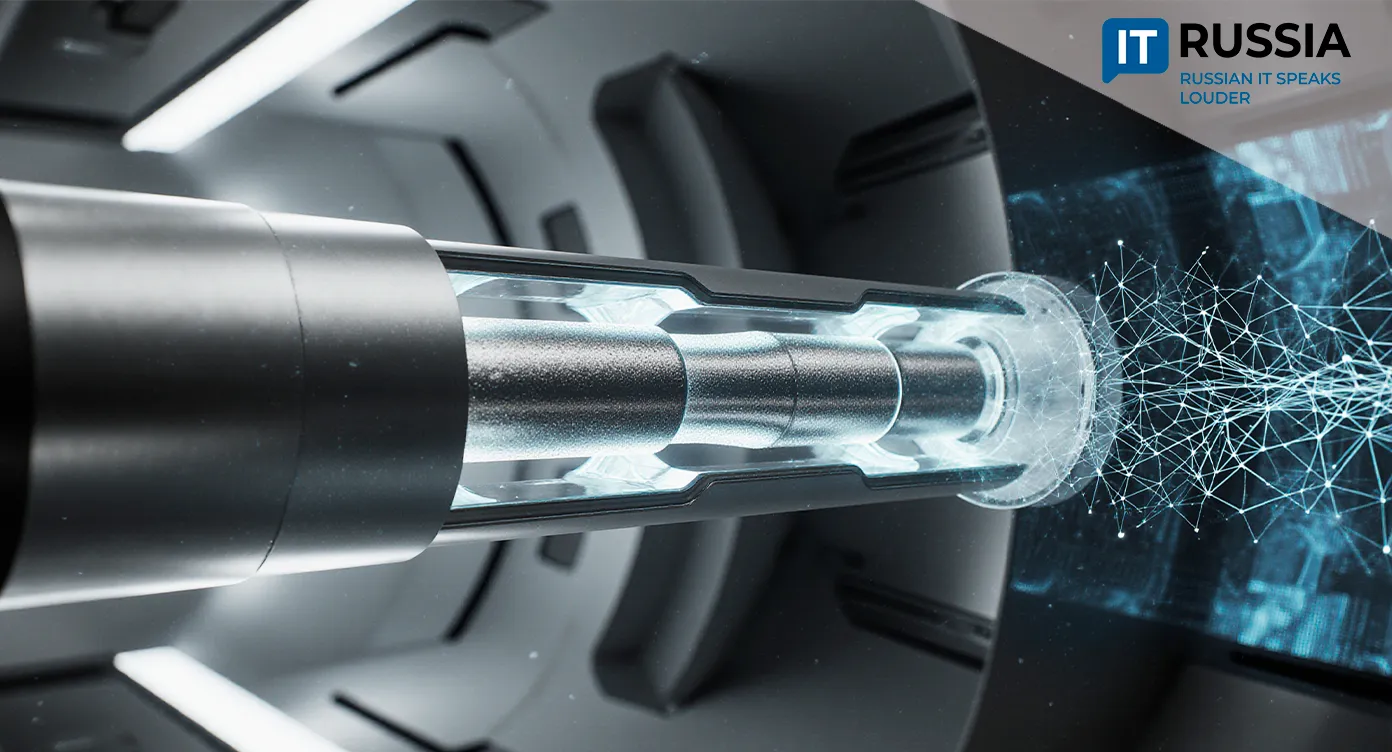VR Simulator from Chelyabinsk Trains the Doctors of Tomorrow
An orthopedic surgeon from Chelyabinsk, Artur Shamselov, has unveiled the “Virtual Trauma Center” VR simulator—a development that not only changes how healthcare professionals are trained but also showcases the strength and maturity of Russia’s IT industry.

Emergency Station inside Virtual Reality
Russian IT specialists and scientists continue to prove themselves as key drivers of global progress, especially in medicine. A striking example is the “Virtual Trauma Center,” a teaching simulator from Chelyabinsk that blends digital innovation with fundamental science. This is more than a startup—it’s a serious solution capable of reshaping medical training.
The author and driving force is Artur Shamselov, a practicing orthopedic trauma surgeon and assistant professor at South Ural State Medical University (SUSMU). His practical knowledge, combined with academic expertise and leadership of the regional youth lab “RITM,” formed the foundation of a realistic and effective simulator. Development is being carried out in collaboration with SUSMU and the Interregional Institute of Design and Service (MIDiS), demonstrating successful public-private partnership in healthcare innovation.
From VR Headset to Virtual Plaster Cast
The system’s core design is impressive. Students put on a VR headset and are immersed in a detailed trauma room. They encounter a virtual patient with a wrist or humeral fracture. Training is guided by an instructor’s voice, while virtual hands precisely replicate controller movements.

The learning algorithm follows strict clinical protocols: gathering medical history, asking the patient questions, palpating the injured area, and selecting diagnostic methods. Complex steps—such as performing a nerve block injection directly at the fracture line—are practiced until mastery. The system also allows closed reduction of bone fragments and application of a cast. For flawless execution, trainees earn a virtual medal, symbolizing their achievement.
Value for Russia
This project is more than a local innovation. It sets a new standard in medical education: the Virtual Trauma Center enables repeated practice without risk to real patients and without consuming costly supplies such as plaster, bandages, and medications.
Accessibility is equally important. Such simulators can be deployed in any medical college or university across Russia, even in remote regions, ensuring consistent training quality nationwide.
Export potential is also significant. The Chelyabinsk project is a ready-to-market product for global IT and medical education. It offers not only commercial opportunities but also a way to strengthen Russia’s image as an exporter of high-tech solutions.
Russia’s VR Cases in Medicine
The Chelyabinsk simulator reflects a broader national trend of VR adoption in medical education. By 2023, when the project began, Russia had already laid a strong foundation.
Samara State Medical University (SamSMU) was an early pioneer, developing 13 VR simulators, including modules for ECG interpretation, pediatric emergency care for anaphylactic and septic shock, and auditory function testing. Each followed clinical protocols down to documentation.

Sechenov University focused on import substitution, creating a VR trainer for working with the first domestically developed dialysis machine, produced with Rosatom’s involvement.
By 2025, discussions at the St. Petersburg International Economic Forum highlighted the sector’s progress toward standardization, though debate continues on whether immersive VR (iVR) is unequivocally superior to traditional methods. Some studies confirm better learning outcomes, while others cite cognitive load challenges. This shows Russian VR projects are not mere copies of Western trends but carefully designed implementations where methodology matters more than technology alone.
Prospects and Challenges
The Virtual Trauma Center has strong scaling potential. With an ecosystem already established at institutions like SamSMU, it could become a standard module for trauma care in accreditation tracks and continuing medical education programs across Russia.
The collaboration between SUSMU and MIDiS lays the groundwork for replicating simulation centers nationwide and using them for vocational guidance with high school students. Because the simulator resembles a game—albeit a serious and useful one—it can spark interest in medical careers.

Globally, the market for VR medical simulators is expanding. Russian solutions, with competitive pricing, deep localization, and academic grounding, are well positioned for success in CIS countries and Asia.
Ultimately, the Chelyabinsk project is more than just a team’s success. It symbolizes the potential of Russia’s IT sector to create complex, globally relevant products rooted in real industry needs.



